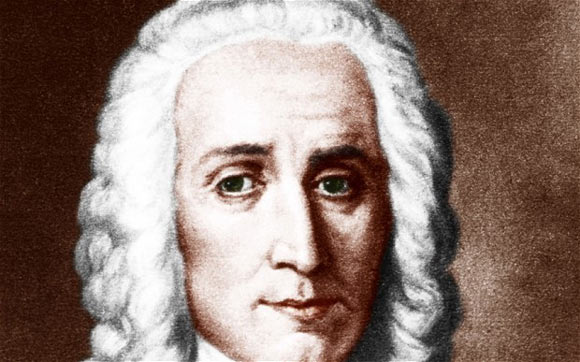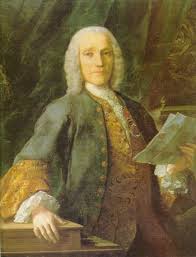Domenico Scarlatti (1685–1757) was an Italian composer and harpsichord virtuoso of the Baroque era, best known for his prolific output of keyboard sonatas. Born in Naples on October 26, 1685, Scarlatti hailed from a musical family, with his father, Alessandro Scarlatti, being a renowned composer of opera and sacred music.
Domenico Scarlatti’s early musical education was shaped by his father, who recognized and nurtured his son’s prodigious talent. By the age of 16, Domenico had already established himself as a skilled harpsichordist and composer. His career led him to various European cities, including Rome, where he served in the court of the exiled Polish queen Maria Casimira.
In 1713, Scarlatti moved to Lisbon, Portugal, where he became the music master to the Portuguese princess Maria Bárbara. This association proved pivotal in his career, as Maria Bárbara was an accomplished musician herself and shared Scarlatti’s passion for the harpsichord. It was during this period that Scarlatti composed the majority of his keyboard sonatas, showcasing his innovative approach to form and technique.
Scarlatti’s sonatas are characterized by their virtuosic demands, rhythmic vitality, and harmonic daring. He exploited the capabilities of the harpsichord to the fullest, experimenting with novel techniques and pushing the instrument to new heights. The sonatas often feature binary or ternary structures, with rapid and intricate passages, reflecting Scarlatti’s exceptional keyboard skills.
In 1729, Scarlatti moved with Maria Bárbara to Madrid, where he continued to compose and perform for the Spanish royal court. Despite his prolific output, many of his works remained unpublished during his lifetime, and their true scope and significance were fully appreciated only in the centuries that followed.
Domenico Scarlatti’s influence extended beyond his keyboard compositions. His innovative use of dissonance, unconventional modulations, and rhythmic complexity foreshadowed developments in later musical styles, such as the Classical and Romantic periods. Scarlatti’s impact on the evolution of keyboard music is immeasurable, and his sonatas remain staples of the harpsichord and piano repertoire.
Scarlatti’s life came to an end on July 23, 1757, in Madrid. His legacy endures through the timeless beauty and innovation found in his keyboard sonatas, making Domenico Scarlatti a revered figure in the history of Western classical music.


Comments are closed